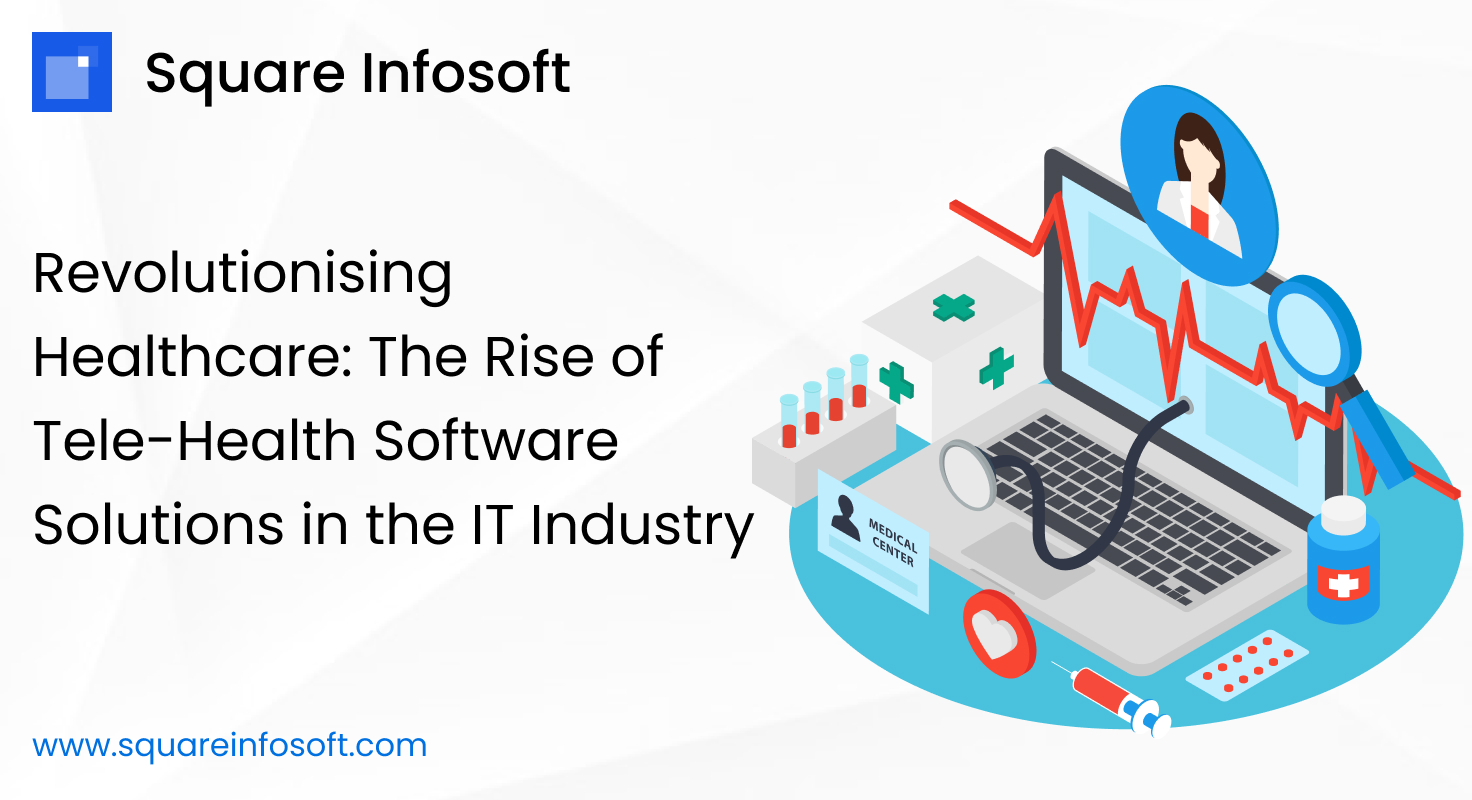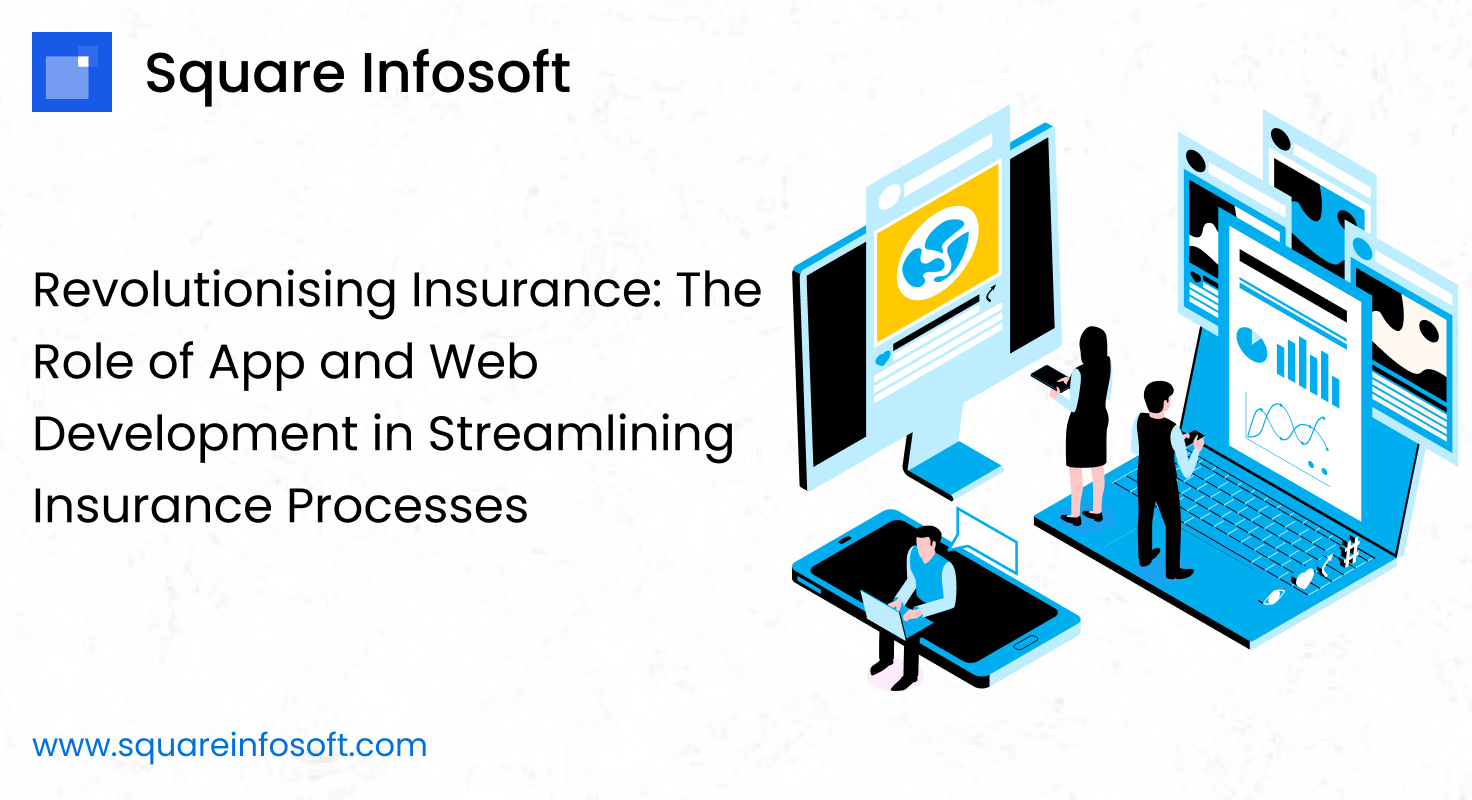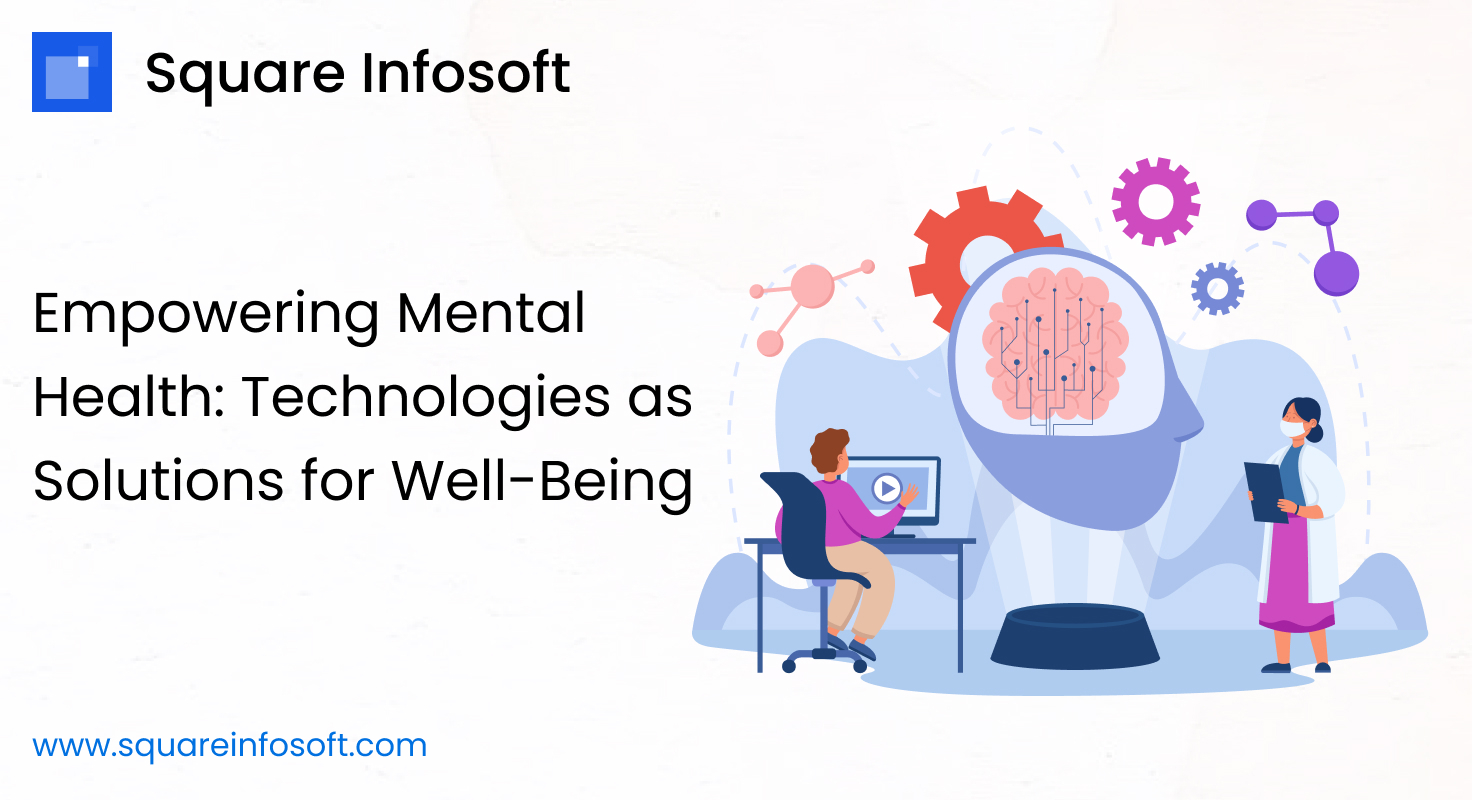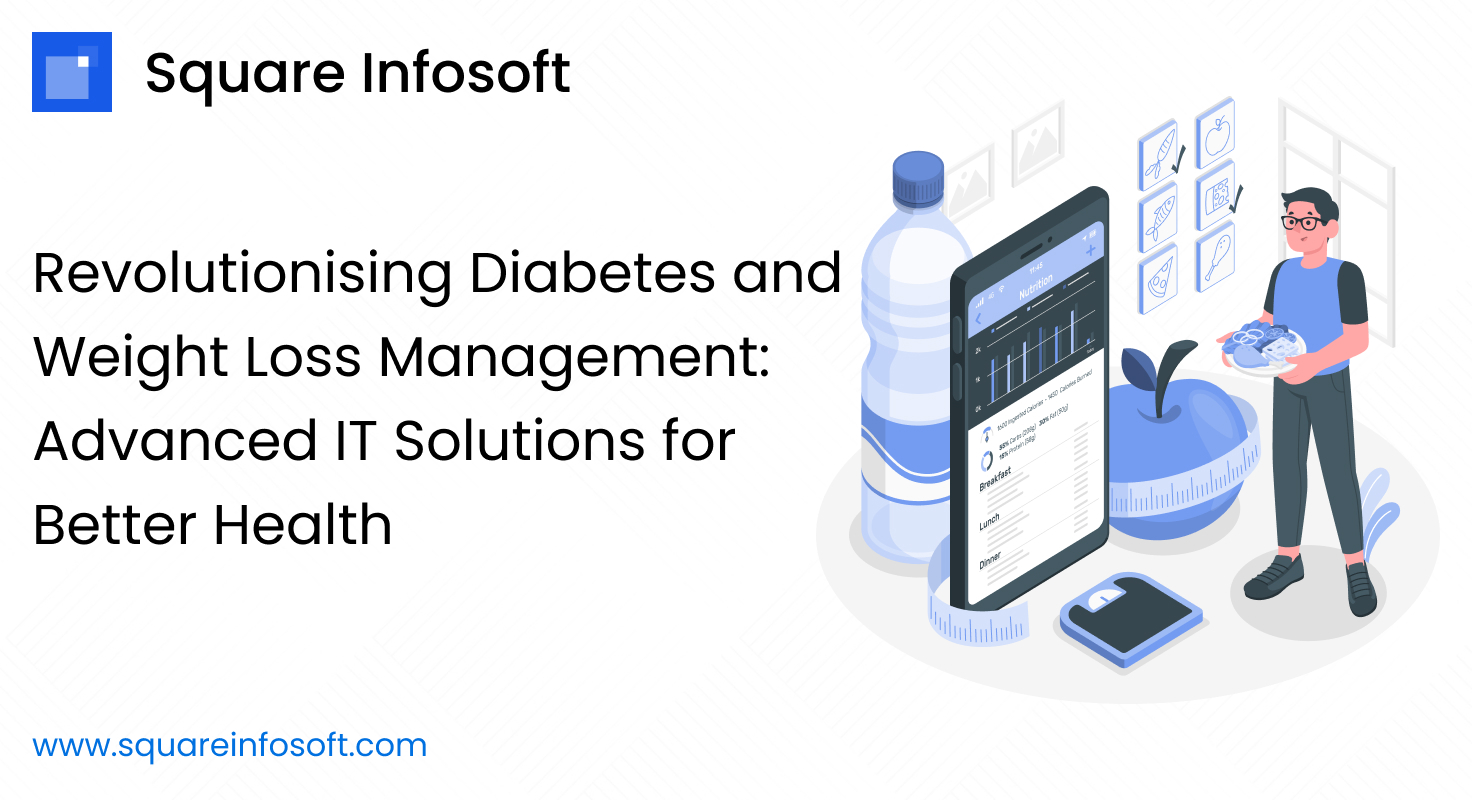Introduction:
In recent years, the healthcare industry has witnessed a significant transformation driven by advancements in technology. One of the most notable developments is the rise of tele-health software solutions, which enable remote healthcare delivery and patient monitoring through digital platforms. This article explores the evolution of tele-health software solutions, their impact on healthcare delivery, key features and benefits, challenges, and future prospects.
1. Evolution of Tele-Health Software Solutions:
Evolution of Telehealth also known as telemedicine or telecare, has its roots in the early 20th century with the advent of telecommunication technologies. However, it wasn’t until the proliferation of the internet and digital devices in the late 20th and early 21st centuries that tele-health software solutions began to gain traction. Initially used for remote consultations and medical imaging, tele-health has evolved to encompass a wide range of healthcare services delivered digitally.
Today, tele-health software solutions leverage a variety of technologies, including video conferencing, mobile apps, wearable devices, and remote monitoring tools, to facilitate virtual healthcare delivery. These solutions enable healthcare providers to diagnose, treat, and monitor patients remotely, reducing the need for in-person visits and improving access to care, particularly in underserved areas.
2. Key Features of Telehealth Software:
- Video Conferencing: Telehealth software facilitates real-time video consultations between patients and healthcare providers, replicating the face-to-face interaction of traditional clinical visits.
- Remote Monitoring: Some telehealth platforms offer remote monitoring capabilities, allowing healthcare providers to track patients’ vital signs, symptoms, and adherence to treatment plans remotely.
- Secure Messaging: Secure messaging features enable secure communication between patients and healthcare providers, ensuring confidentiality and compliance with healthcare privacy regulations such as HIPAA.
- E-Prescribing: Telehealth software may include e-prescribing functionality, enabling healthcare providers to electronically send prescriptions to patients’ preferred pharmacies, streamlining medication management.
- Integration with EHR Systems: Seamless integration with electronic health record (EHR) systems allows healthcare providers to access patients’ medical history, lab results, and other relevant information during telehealth consultations.
- Video Conferencing: Telehealth software facilitates real-time video consultations between patients and healthcare providers, replicating the face-to-face interaction of traditional clinical visits.
- Remote Monitoring: Some telehealth platforms offer remote monitoring capabilities, allowing healthcare providers to track patients’ vital signs, symptoms, and adherence to treatment plans remotely.
- Secure Messaging: Secure messaging features enable secure communication between patients and healthcare providers, ensuring confidentiality and compliance with healthcare privacy regulations such as HIPAA.
- E-Prescribing: Telehealth software may include e-prescribing functionality, enabling healthcare providers to electronically send prescriptions to patients’ preferred pharmacies, streamlining medication management.
- Integration with EHR Systems: Seamless integration with electronic health record (EHR) systems allows healthcare providers to access patients’ medical history, lab results, and other relevant information during telehealth consultations.
3. Benefits of Telehealth Software:
- Increased Access to Care: Telehealth software eliminates geographical barriers, allowing patients in remote or underserved areas to access healthcare services without the need for travel.
- Convenience and Flexibility: Patients benefit from the convenience of scheduling appointments at their convenience, reducing wait times and minimizing disruptions to their daily lives.
- Cost Savings: Telehealth consultations often cost less than in-person visits, as they eliminate travel expenses and reduce overhead costs associated with traditional medical facilities.
- Improved Patient Engagement: Telehealth software promotes active patient engagement by providing tools for self-monitoring, education, and communication with healthcare providers, leading to better health outcomes.
- Enhanced Care Coordination: Telehealth solutions facilitate seamless communication and collaboration among multidisciplinary healthcare teams, improving care coordination and continuity across different care settings.
4. Challenges and Considerations:
- Regulatory Compliance: Telehealth software must comply with various regulatory requirements, including privacy and security regulations such as HIPAA in the United States and GDPR in Europe.
- Technology Adoption: The successful implementation of telehealth solutions requires widespread adoption among healthcare providers and patients, which may be hindered by technological barriers, resistance to change, and disparities in digital literacy.
- Reimbursement and Insurance Coverage: Reimbursement policies and insurance coverage for telehealth services vary by region and payer, posing challenges for healthcare organizations seeking to sustain telehealth programs financially.
- Digital Divide: Socioeconomic factors and disparities in access to technology and internet connectivity may exacerbate the digital divide, limiting the reach of telehealth services and widening existing healthcare inequalities.
5. Future Trends and Opportunities:
- Integration of Artificial Intelligence (AI) and Machine Learning: The integration of AI and machine learning algorithms into telehealth software holds promise for enhancing diagnostic accuracy, personalized treatment recommendations, and predictive analytics for preventive care.
- Expansion of Remote Monitoring Devices: The proliferation of wearable devices and Internet of Things (IoT) technology enables remote monitoring of vital signs, chronic conditions, and wellness metrics, empowering patients to take a proactive role in their health management.
- Virtual Reality (VR) and Augmented Reality (AR) Applications: VR and AR technologies have the potential to transform telehealth experiences by providing immersive simulations, virtual training environments for healthcare professionals, and enhanced patient education and rehabilitation programs.
- Blockchain for Health Data Security: Blockchain technology offers secure and immutable data storage solutions, enhancing patient privacy, data security, and interoperability in telehealth ecosystems.
Conclusion
Telehealth software solutions stand at the forefront of revolutionizing healthcare delivery in the modern era. As explored in this article, these innovative platforms leverage digital technologies to overcome barriers of distance, time, and accessibility, thereby offering unprecedented opportunities to enhance patient care and outcomes.
The evolution of tele-health software solutions has been remarkable, propelled by advancements in telecommunications, mobile computing, and data analytics. From simple video consultations to sophisticated remote monitoring systems, these platforms have expanded the scope of healthcare delivery, empowering patients and healthcare providers alike.
Key features such as video consultations, remote monitoring, and electronic health records integration have transformed the way healthcare services are accessed, delivered, and managed. Patients benefit from improved access to care, reduced costs, and enhanced engagement in their health management. Healthcare providers, on the other hand, gain greater efficiency, scalability, and flexibility in delivering care, leading to better patient outcomes and satisfaction.
Despite the numerous benefits, tele-health software solutions also face challenges such as regulatory complexities, technology barriers, security concerns, and reimbursement issues. Addressing these challenges requires collaboration among policymakers, healthcare organizations, technology providers, and other stakeholders to create an enabling environment for tele-health adoption and implementation.
Looking ahead, the future of tele-health appears promising, driven by ongoing technological innovations, evolving healthcare models, and changing patient expectations. Continued investment in research and development, policy reforms, and infrastructure improvements will further accelerate the adoption and integration of tele-health solutions into mainstream healthcare delivery.
In essence, tele-health software solutions represent a transformative force in healthcare, offering a glimpse into a future where access to quality care is no longer constrained by geographical boundaries or logistical challenges. By harnessing the power of technology, tele-health has the potential to democratize healthcare and improve the well-being of individuals and communities around the world.




